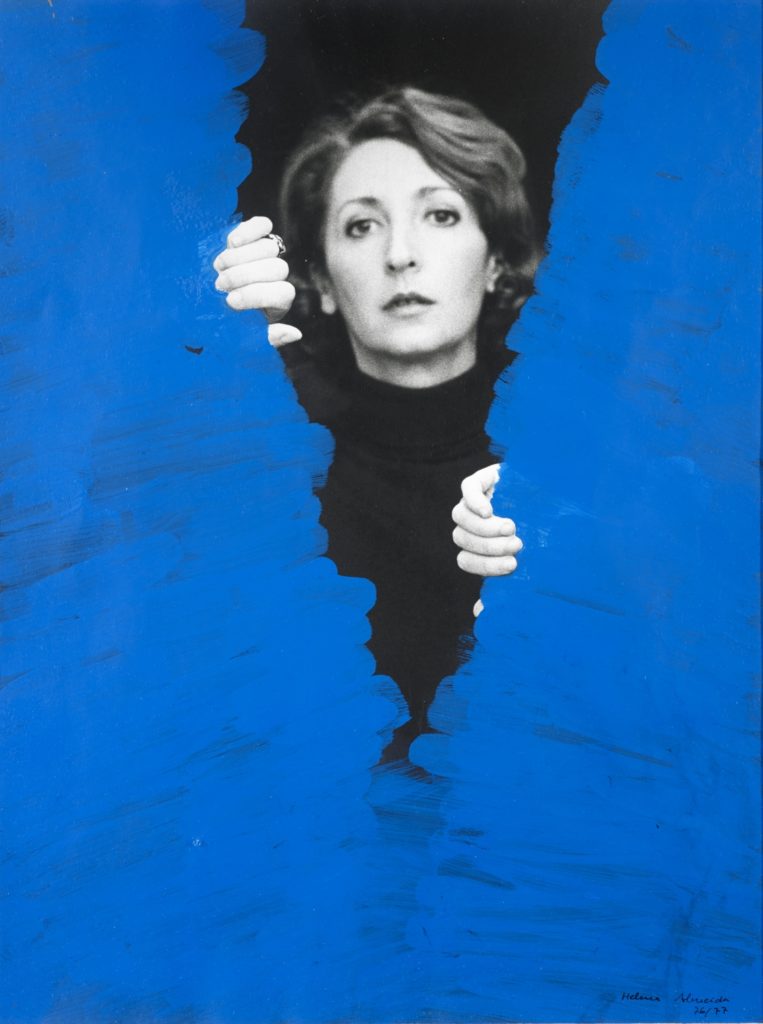The limits of my images mean the limits of my world
Amparo Muñoz. Copied, almost literally, from Ludwig Wittgenstein
Some time ago, I read an article about the power of language to achieve well-being written by María Fernández. It mentioned the words of the philosopher Ludwig Wittgenstein: “The limits of my language mean the limits of my world,” and pointed out that the words we use have the power to transform our reality. It’s true.
Language, among other human characteristics, is linked to emotions. The words we use not only serve to communicate with others but also send messages to our brains and alter our perception of what happens to us. Using positive or negative language creates hormonal changes that can weaken or strengthen our health.
This is not new; it is based on neurolinguistic programming (NLP), an approach created by Richard Bandler and John Grinder in California in the 1970s. They claimed there is a connection between neurological processes, language, and behavior and that we can change them to be happier and achieve our life goals. In this sense, reality is a psychic construction; humans create their world through representations, models, maps, and so on, which influence and guide their behavior. These representations are images that determine how we perceive and behave in the world.
But… if we portray the world we live in using images, if we think in images, or if the words we use relate to what we picture in our minds, is it possible that these images actually shape our reality? Which comes first: the image or the word?
Photography Helena Almeida
A baby can recognize its mother before saying her name. Our first reading experiences involve drawings and photographs. We think in images, dream in images, and build our future by imagining it, and when we read, we imagine the story and construct it. Therefore, the images we create probably have the power to build who we are. Images build words and our thoughts.
Photography Dominika Dovgialo
Many therapeutic approaches use language-based techniques. Encouraging positive language improves the mental state of some patients. The goal is to become aware of the words we use to describe ourselves or our environment. This has shown positive results when treating conditions such as depression, anxiety, or even some phobias. It’s evident that using “positive” language creates positive mental images.
Similarly, creating images meaningfully and responsibly through photography might have a similar impact on some individuals. Analyzing, recognizing, and embracing our imagination helps us understand ourselves better and mentally visualize a more positive future. People who love photography, like ourselves, are fully aware that our mood really affects the creation of our images.
Photography Jo Spence
Here’s an activity for you: Think of words like impossible, guilt, and mistake, and create images that reference them. Do the same with responsibility, courage, and learning.
PThe first set might lead to sad and depressing mental images, like rusted iron. Meanwhile, responsibility, courage, and learning shift our mental state, opening doors that lead to strength and joy, like a tree blossoming in spring. You might even notice this physically in your body.
Language is based on thoughts; thoughts are images. Some thoughts can hold us back, while others propel us towards the future.
If I mention a hand, I’ll immediately have a general idea of what a hand is, but if I say a warm hand or a pianist’s hand, it will be different. The image I create will be more precise.
We can build mental or photographic images or positive and kind images through words. Creating images with these characteristics will give us strength, courage, and bravery. Depicting yourself through self-portraits or your own photographs could be a fundamental tool for this purpose.
Photography Cindy Sherman
We need to understand that the images we create tell the story of our bodies, our lives, interests, experiences, and projects and that they aren’t harmless because they trigger thoughts; some can belittle us while others can help us grow. Understanding this is key to our existence in the world.
Images, like words, carry meaning and significance. By observing these images, understanding how we use them, and creating the ones we need, we can identify and embrace who we are, create opportunities and futures, and build a gentler and more authentic world for ourselves. So, by listening to the author we mentioned at the beginning of this post, we’ll discover who we really are.
The revolutionary will be the one who can revolutionize himself.
Ludwig Wittgenstein.
If you want to learn more about photography, self-discovery, and personal development, I invite you to explore:
Thank you for joining us.
Cómo citar este artículo
Al citar, reconoces el trabajo original, evitas problemas de plagio y permites acceder a las fuentes originales para obtener más información o verificar datos. Asegúrate siempre de dar crédito y de citar de forma adecuada.
How to cite this article
By citing an article, you acknowledge the original work, avoid plagiarism issues, and allow access to the original sources for further information or data verification. Make sure to always give credit and cite appropriately.
Amparo Muñoz Morellà. (September 28, 2022). "The Power of Photography to Achieve Well-being". ANDANAfoto.com. | https://andanafoto.com/en/the-power-of-photography-to-achieve-well-being/.












